Business Strategy
Last Updated On -04 Jun 2025

Success is not usually accidental in the always-changing field of business. It comes from intentional planning, focused execution, and a clear sense of where the company wants to be. Here is where corporate strategy is quite important. By means of wise judgments concerning products, markets, resources, and competition, business strategy serves as a roadmap for attaining long-term goals.
Whether your background is commerce, management at a global company, or startup founding, knowing the principles of business strategy will enable you to act strategically and with critical thinking. It's about maintaining growth, acquiring competitive advantage, and negotiating uncertainty, not only about turning a profit.
What is Business Strategy?
Business strategy is the framework of action or decision-making guides that helps a company reach its long-term goals. In respect to its surroundings, resources, and competition, it specifies the objectives, extent, and strategy of a company.
It responds to basic concerns, including what goods or services we should provide.
The fundamental questions posed by business strategy are:
- Who are our intended clients?
- Which markets should we target?
- How may we set ourselves apart?
- What resources and capacities will we require?
- A well-defined strategy guarantees that every decision, in marketing, operations, finance, or HR, contributes to the overall picture and aligns the whole company toward shared goals.
Key Types of Business Strategies
Depending on their size, sector, objectives, and surroundings, companies apply many kinds of strategies. Among the main tactics are:
1. Corporate Strategy
This is more on the general direction and extent of a company. Decisions on which sectors or markets to enter, mergers and acquisitions, diversification, and capital allocation all play a part. To control several company divisions, big conglomerates like Tata Group or Reliance apply corporate strategies.
2. Business-Level Strategy
At this stage, the strategy focuses more on corporate competitiveness within a specific market. To surpass rivals, one must decide among cost leadership, distinctiveness, or focus strategies. For instance, Apple employs product uniqueness while IKEA applies cost leadership.
3. Strategy for Function
Functional strategies center on particular departments, including operations, finance, marketing, or human resources. These techniques guarantee that every department efficiently supports the whole corporate-level agenda.
Common Business Strategies
Renowned economist Michael Porter put forth three main ideas for acquiring competitive advantage:
Cost leadership
This entails turning into the lowest-cost producer in the sector, which will help the business to provide costs cheaper than rivals. Businesses such as Walmart and McDonald's draw in budget-conscious consumers using this approach.
Variations
Here, a company presents special goods or services that respect consumers and support high pricing. Two examples of this are Starbucks, which focuses on user experience, and Tesla, which emphasizes innovation.
Concentration Strategy
This approach aims for a particular market niche by means of either a cost or a differentiation focus. Companies targeting particular audience segments include GoPro (action cameras) and Rolls-Royce (luxury vehicles).
Key Components of a Corporate Strategy
Strategy is defined as "the determination of the basic long-term goals of an enterprise, and the adoption of courses of action and the allocation of resources necessary for carrying out these goals".[22] Strategies are established to set direction, focus effort, define or clarify the organization, and provide consistency or guidance in response to the environment
A solid company plan consists of numerous necessary elements:
- Vision and Aim: These specify the aims and future course of the company. Clear goals inspire staff members and let stakeholders know values.
- Strategic Objectives: These are quantifiable results the business wishes to reach during a given period. They ought to be SMART—specific, measurable, achievable, relevant, and time-bound.
- Main Skills: Like technology, brand, customer service, or innovation—these are special assets that provide the business a competitive advantage.
- Competent Analysis of Markets: Critical knowledge is consumer needs, market trends, and competitor moves. External environment assessments benefit from tools including Porter's Five Forces, PESTLE, and SWOT.
Assignment of Resources: A plan has to take into account how to best promote corporate goals using financial, human, and technological resources.
Handling Risk: Strategic planning entails spotting possible hazards—financial, legal, or operational—and developing countermeasures to address them.
Business Strategic Planning
Tools and Frameworks that help the strategists analyze and create corporate strategy using several models. Among the rather well-known ones are listed below:
- SWOT analysis: Strengths, weaknesses, opportunities, threats
- PESTLE analysis: Political, economic, social, technological, legal, and environmental
- BCG Matrix: Helps to assess product lines
- Ansoff matrix: For investigating approaches to market development
- Porter's Five Forces: To grasp industry competitiveness
- These models enable companies to make data-informed decisions and think analytically.
Why is Business Strategy Important?
Business strategy is an ongoing process of careful judgments, change adaptation, and organizational guidance toward goals rather than a one-time paper or presentation. Strategic thinking will always be your most useful tool, regardless of your position, that of manager driving results, student getting ready for a job, or entrepreneur chasing development. Your approach can transform ambition into success with well-defined objectives, thorough market knowledge, and bravery to execute.
A well-written business strategy has various advantages:
- Direction: maintains the company oriented toward long-term objectives.
- Efficiency: Coordinates activities between several departments to reduce duplicates and waste.
- Resilience: Lets one negotiate crises and market upheavals.
- Competitive Edge: clarifies how one may stand out and grab market share.
-
Sustainability: Promotes long-term expansion free from sacrificing moral or social standards.
|
Did you know? Harvard Business Review claims that just around 10% of businesses properly carry out their corporate strategies. Often the failure results from poor communication, misalignment, or insufficient performance monitoring. |
Know More
Short on time? Get quick insights from our Commerce Topics in minutes!
Frequently Asked Questions (FAQs)
In a company, who is responsible for business strategy?
While managers support corporate and functional plans, the board of directors and top executives in big companies create business strategy. Usually, founders of startups guide strategies.
Is strategic planning something small enterprises might use?
Certainly. Strategic thinking may help even a small business or freelancer target the appropriate audience, map development, and efficiently manage resources.
How often ought a company's strategy to be changed?
Industry dynamics determine this. While most companies go over their plans once a year, in fast-paced industries like IT, weekly reviews are typical.






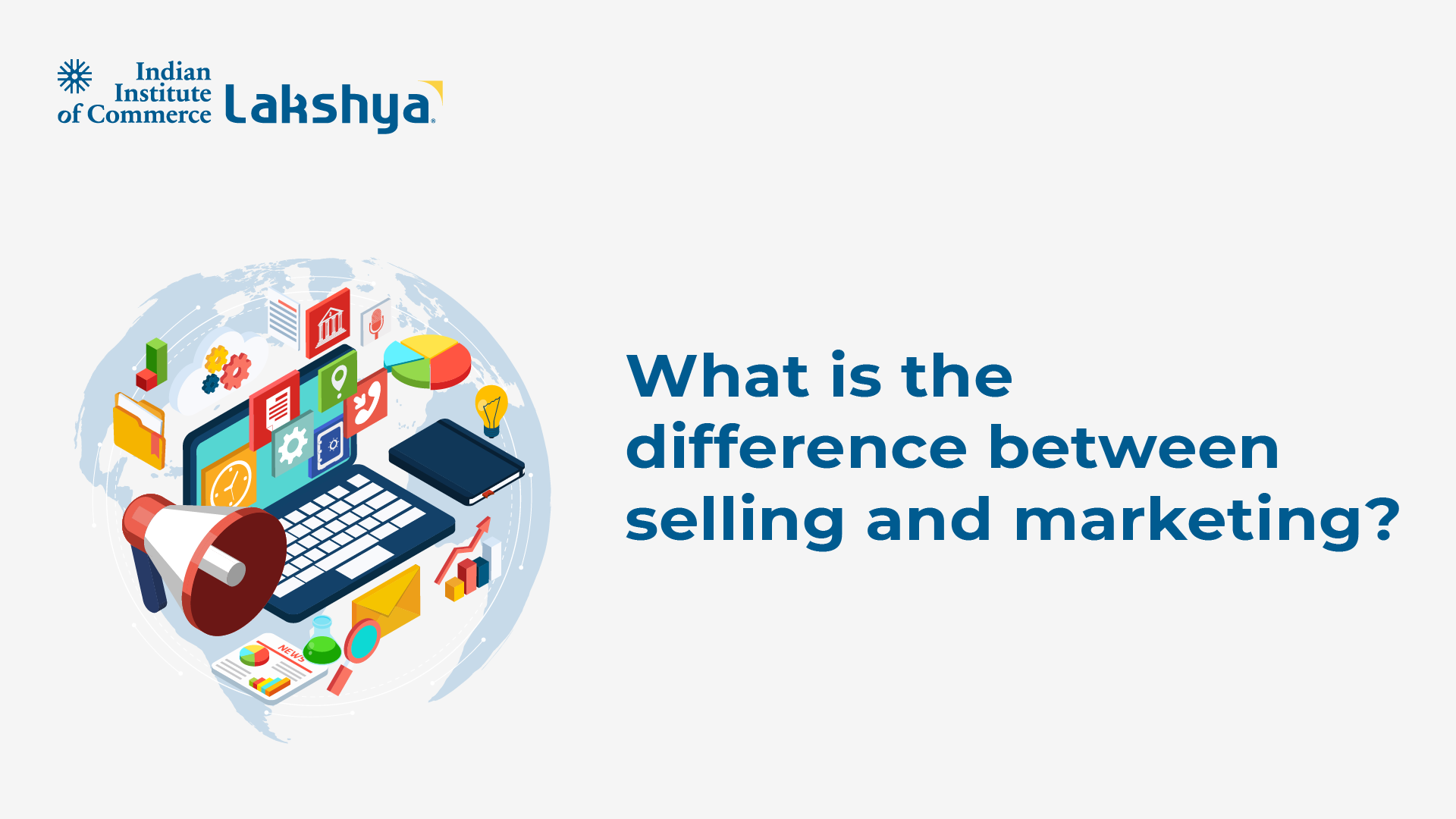



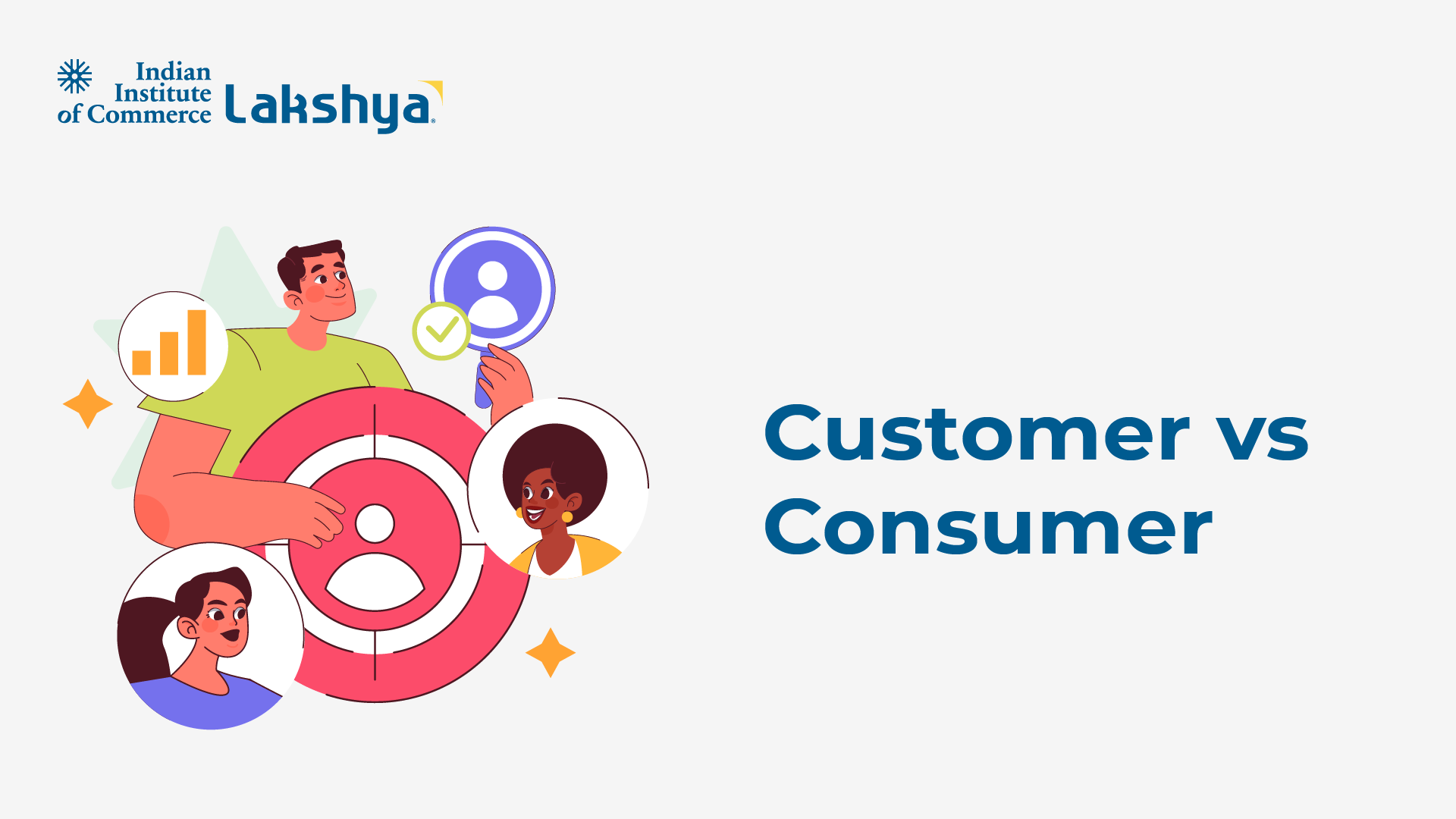









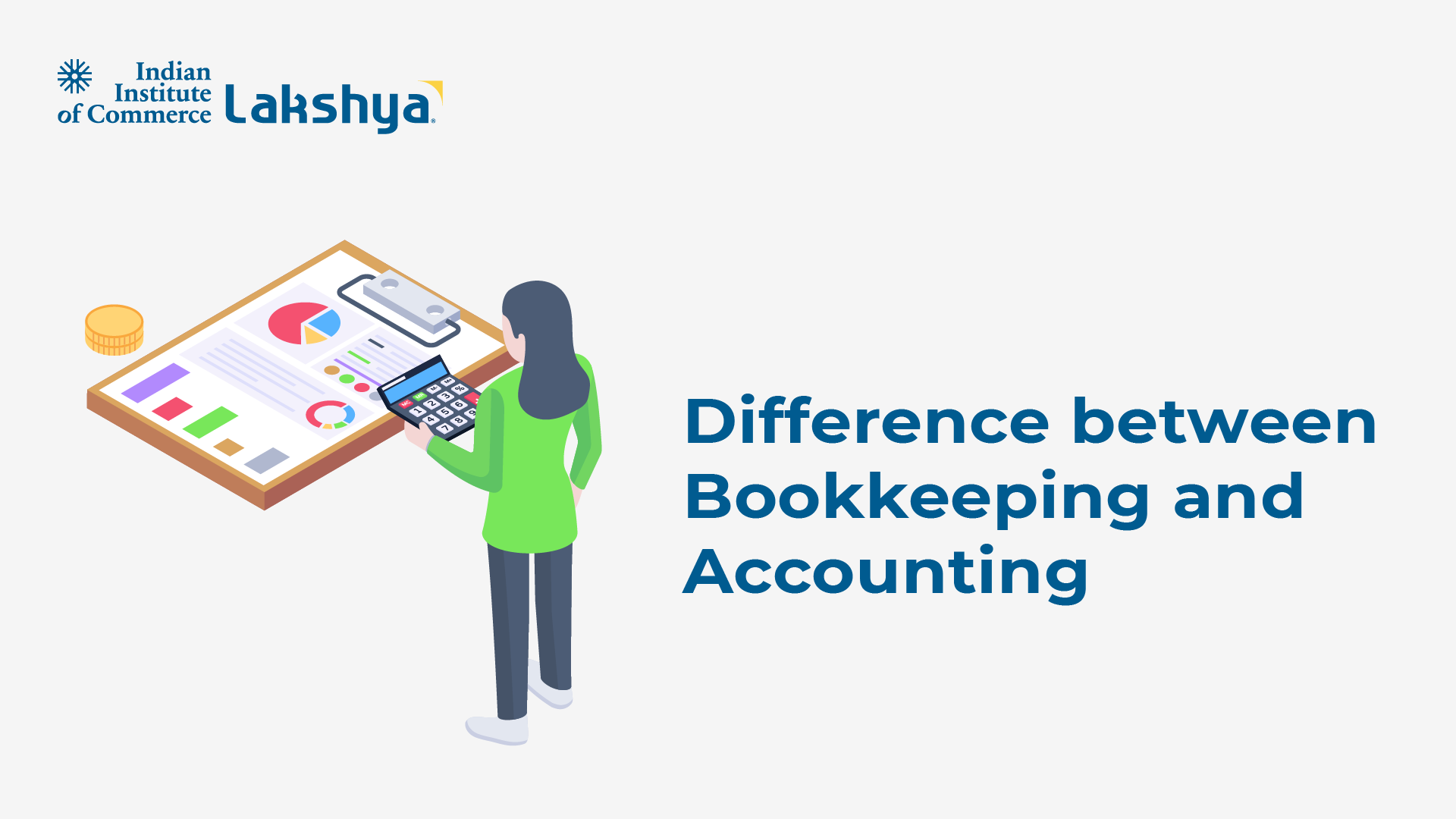


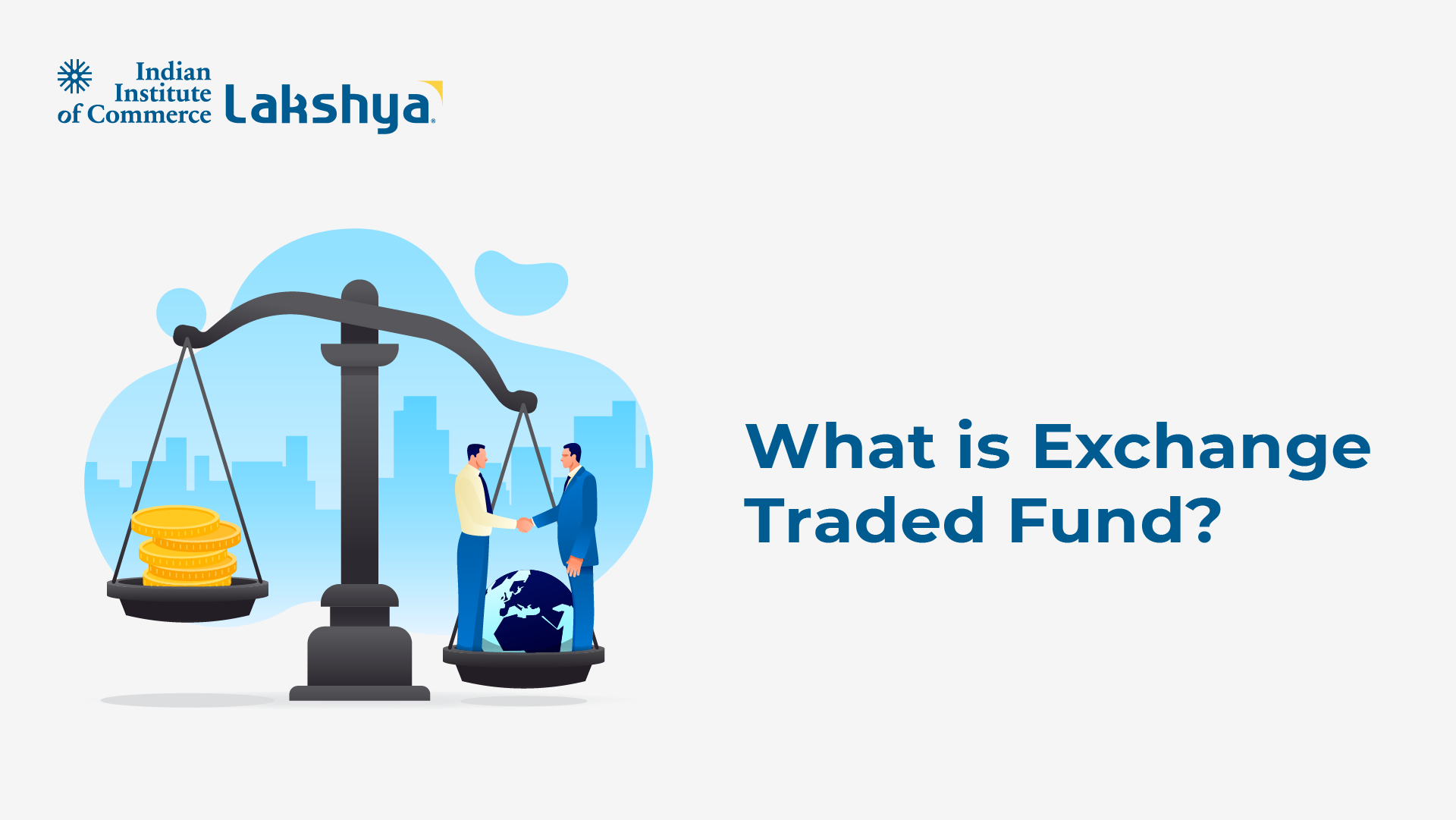













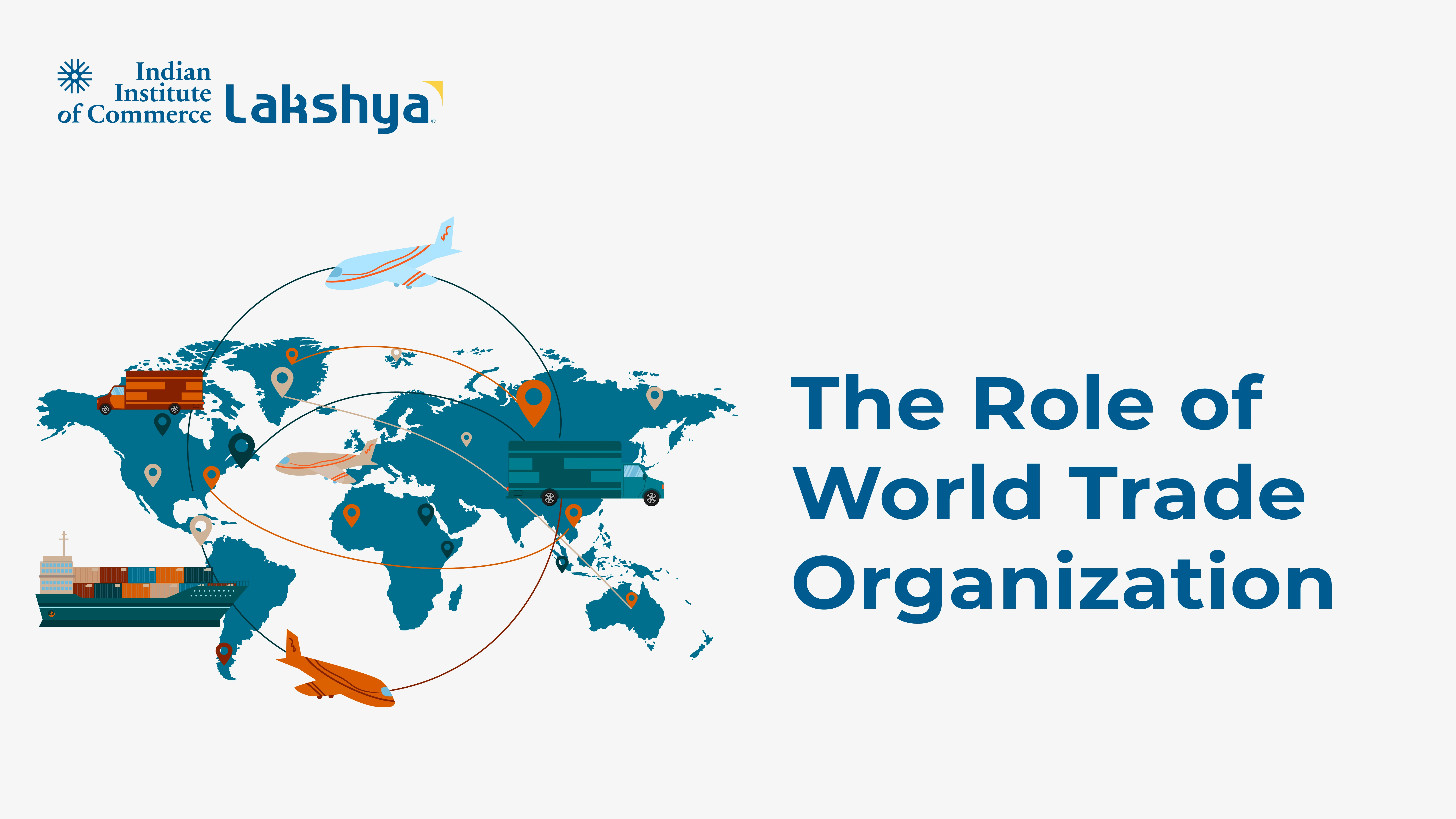


















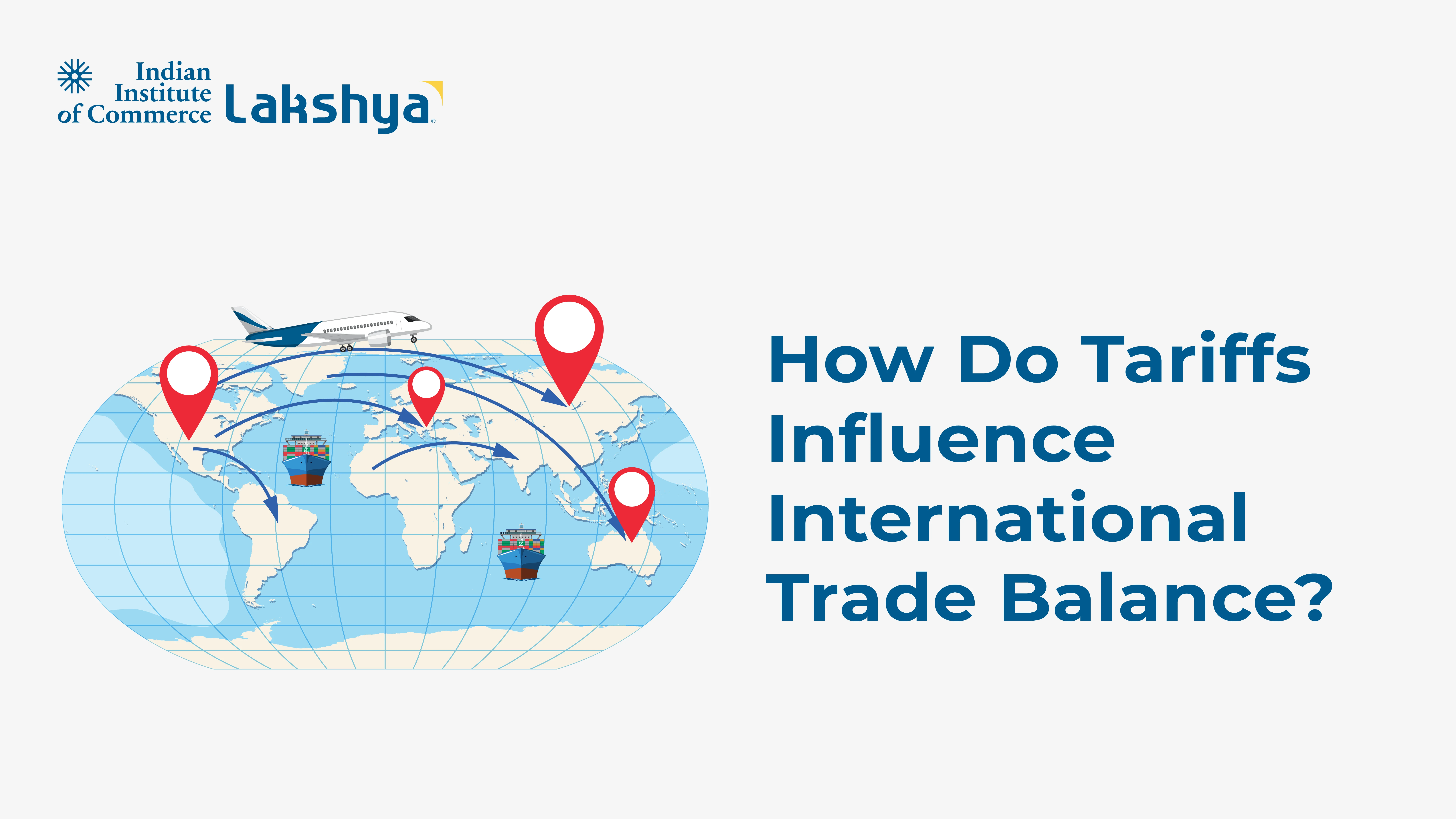


















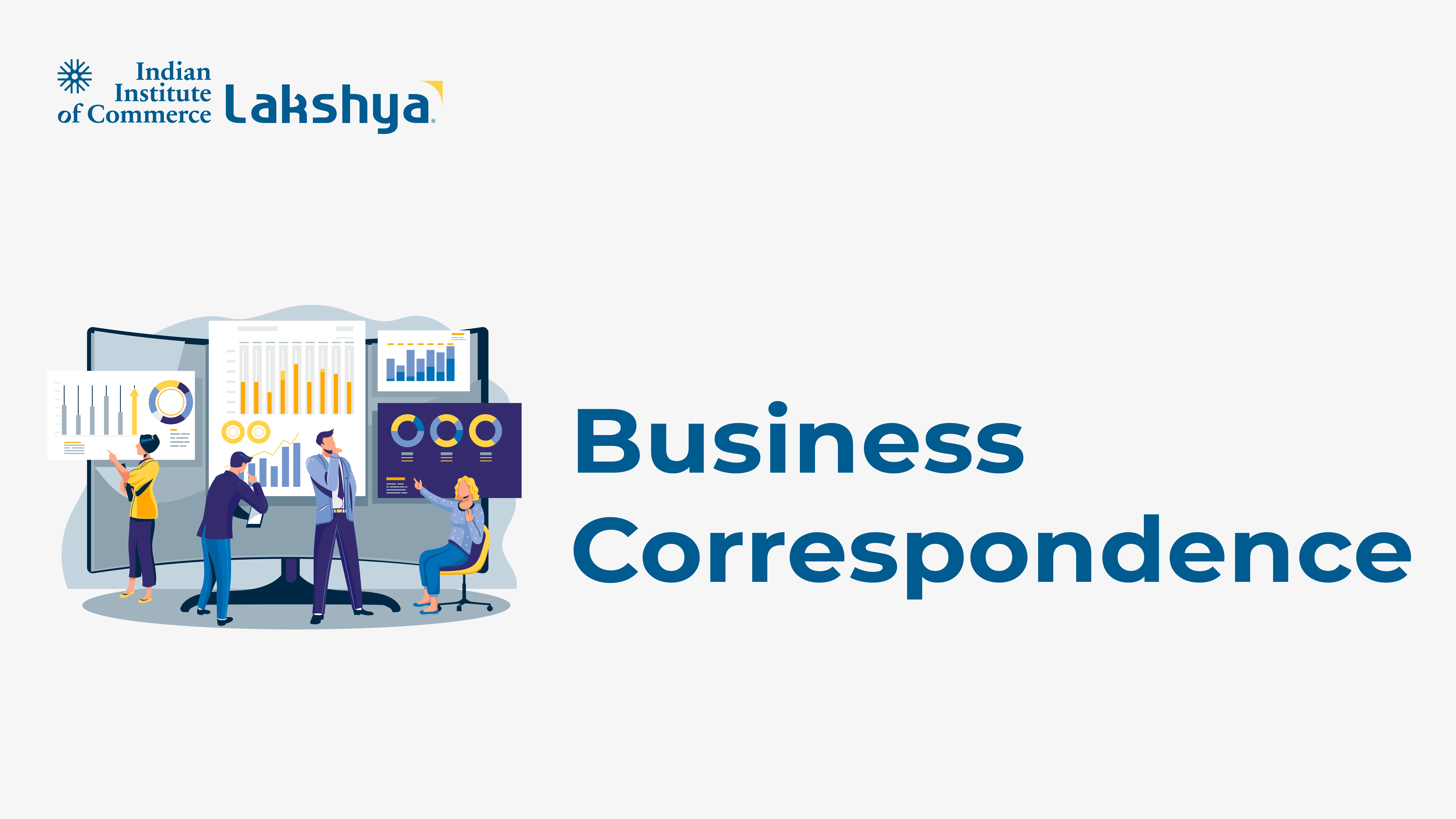










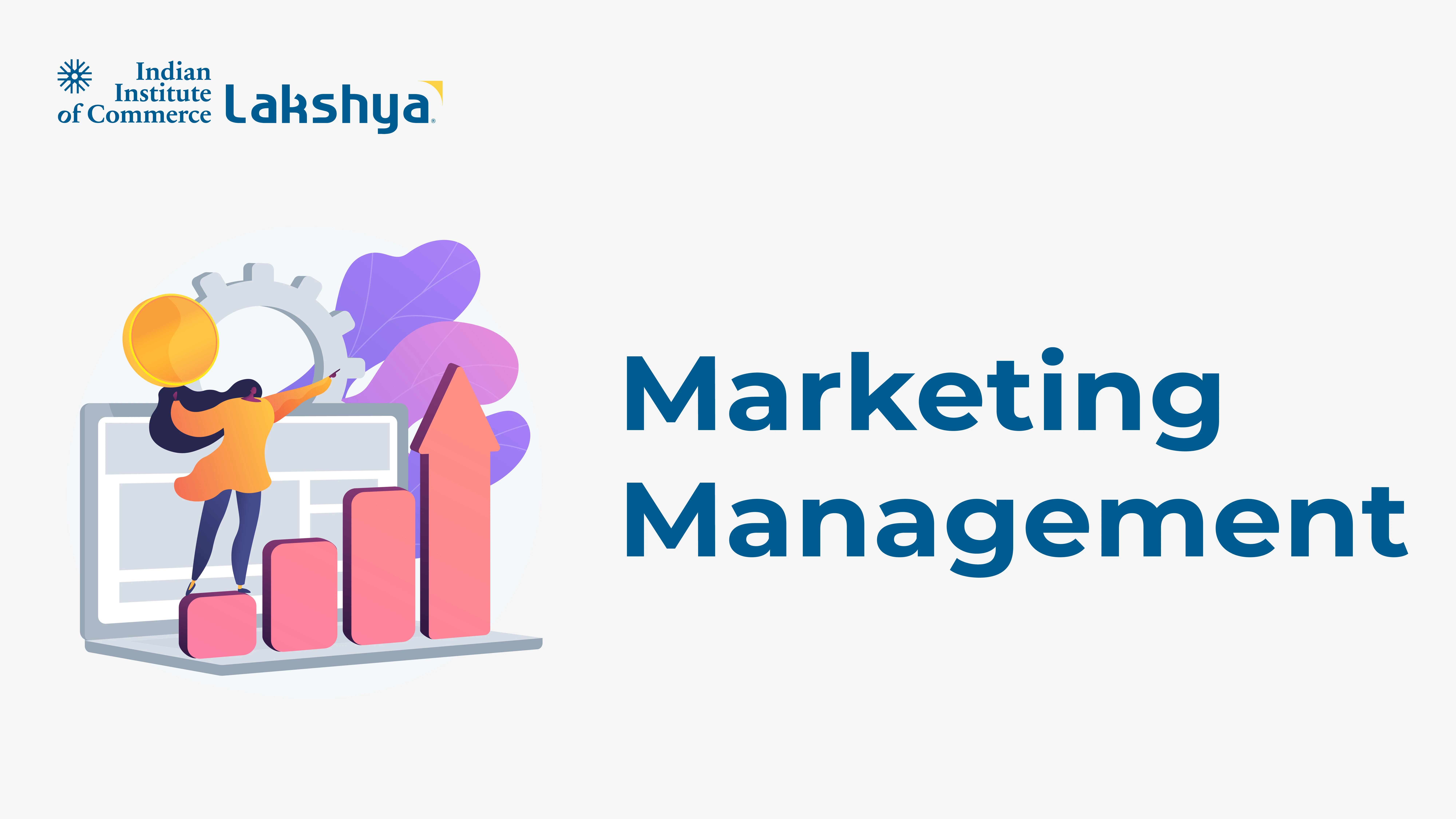






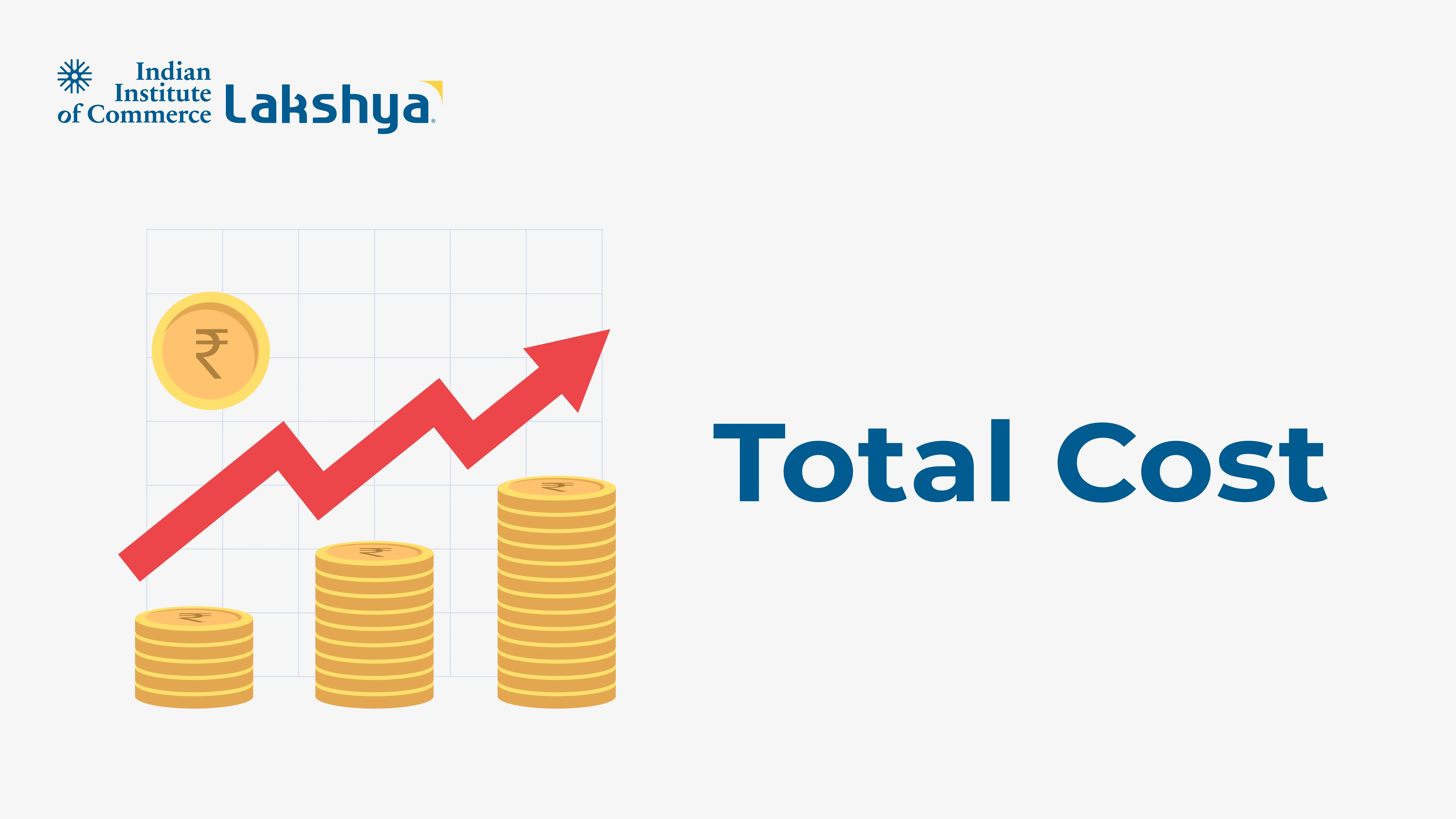












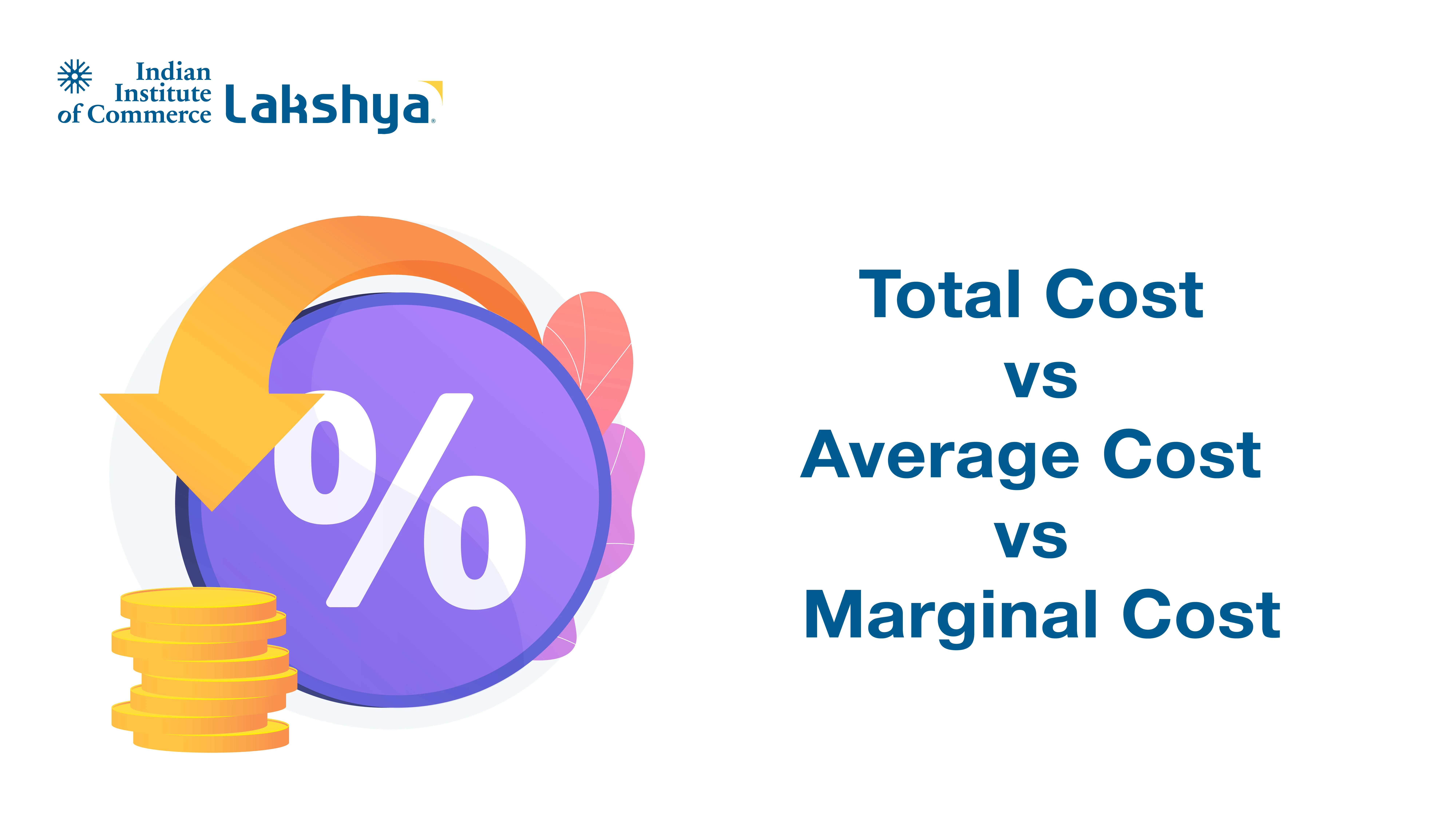



























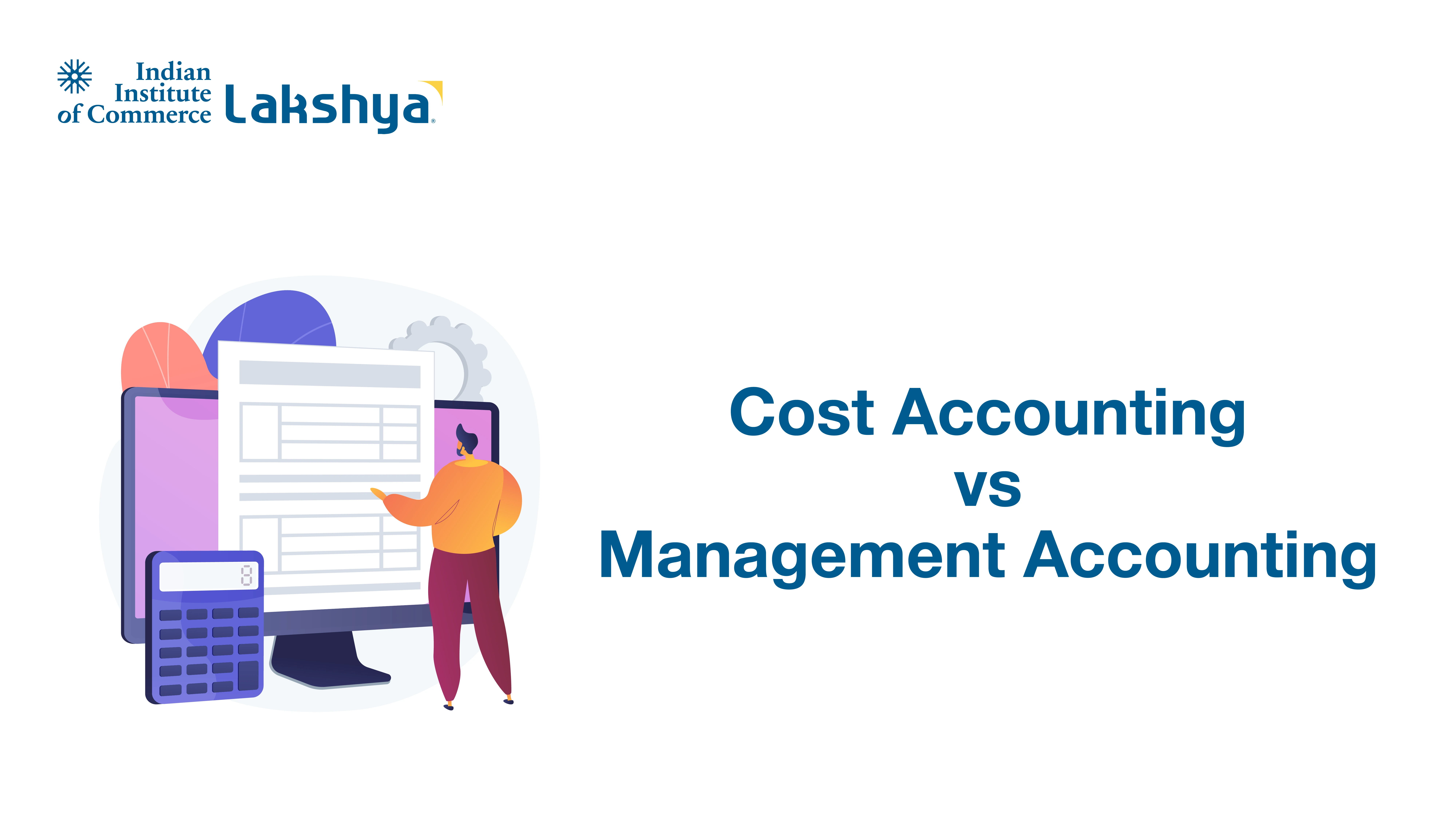






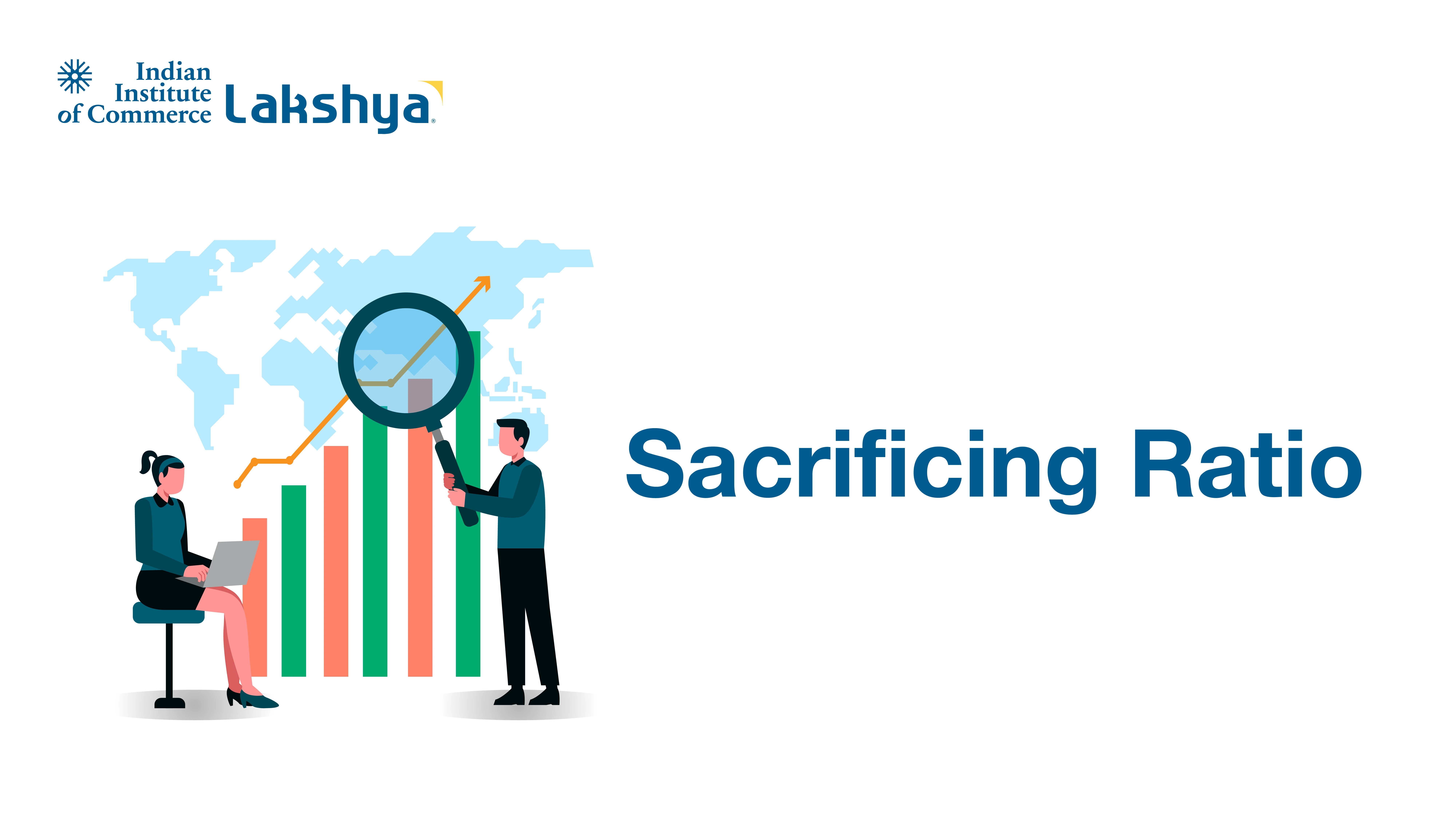




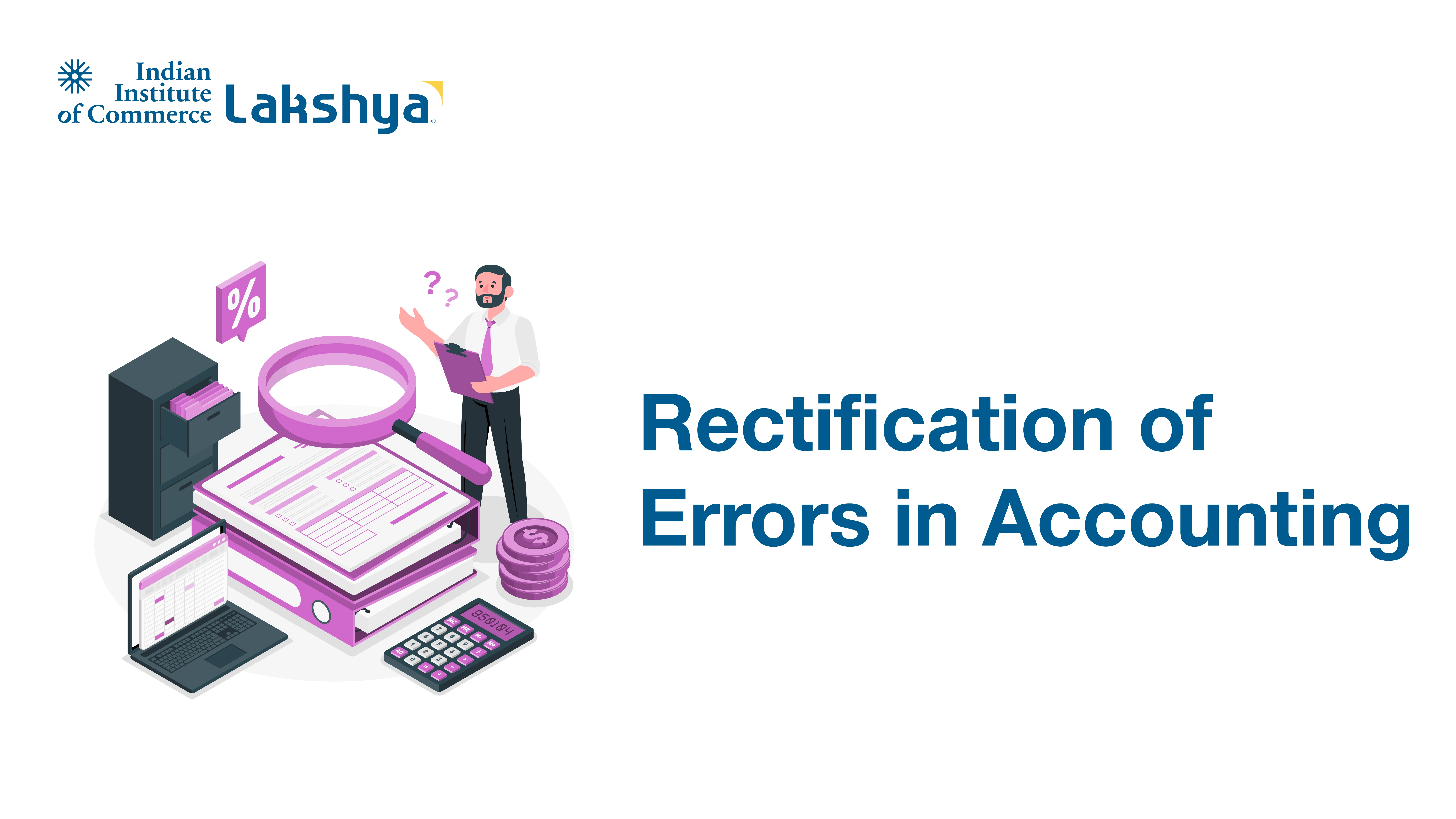





































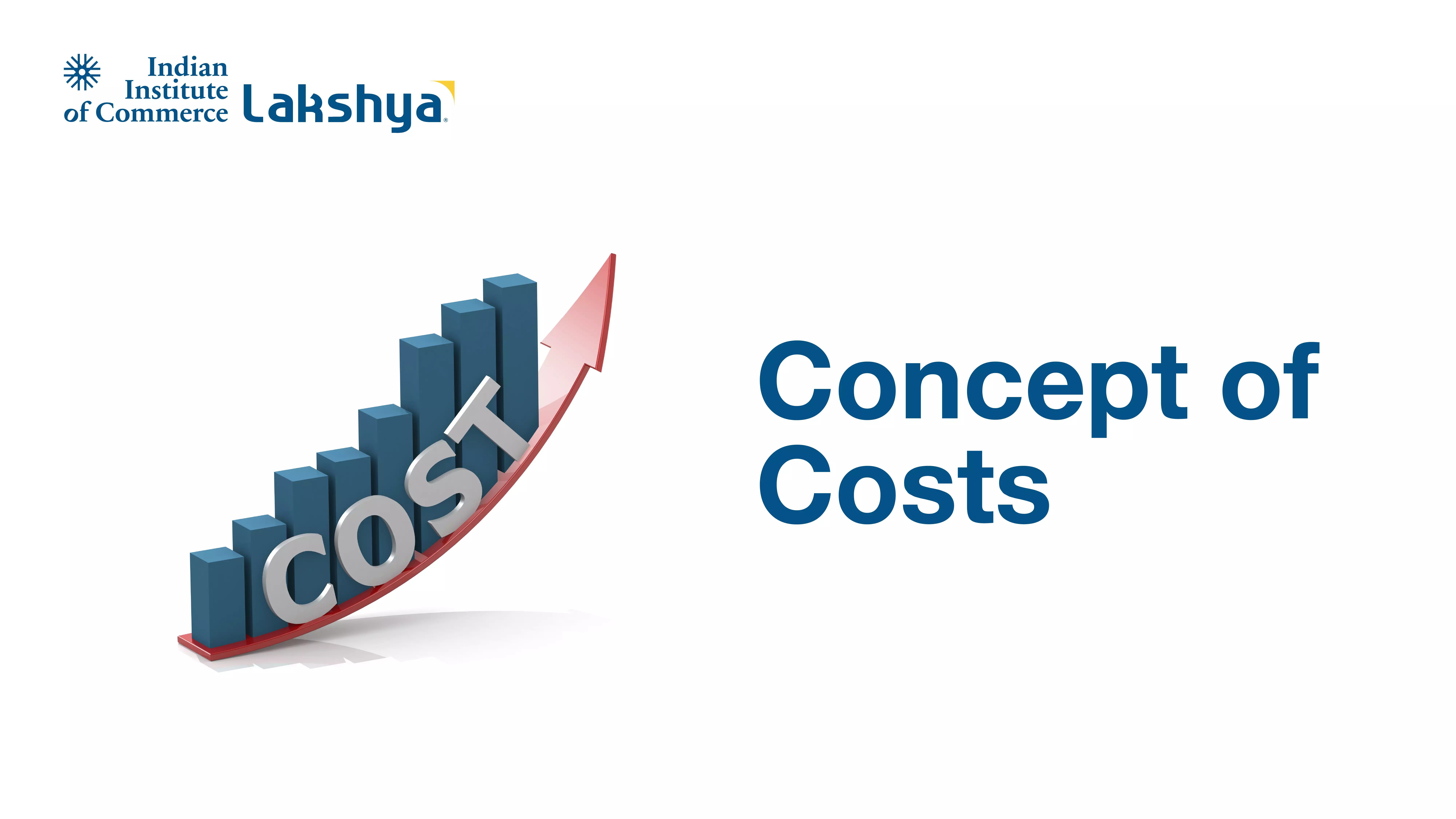



























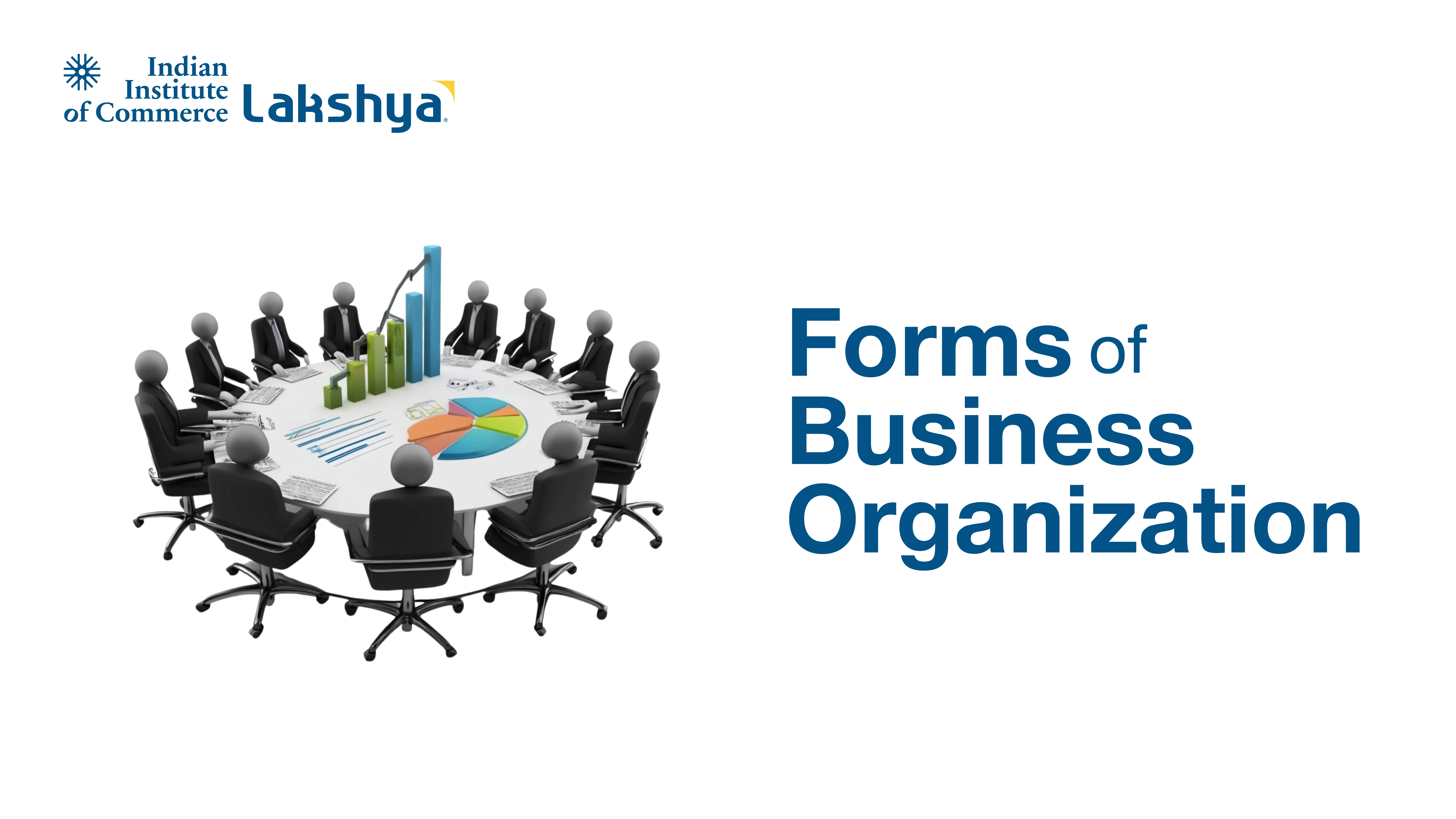
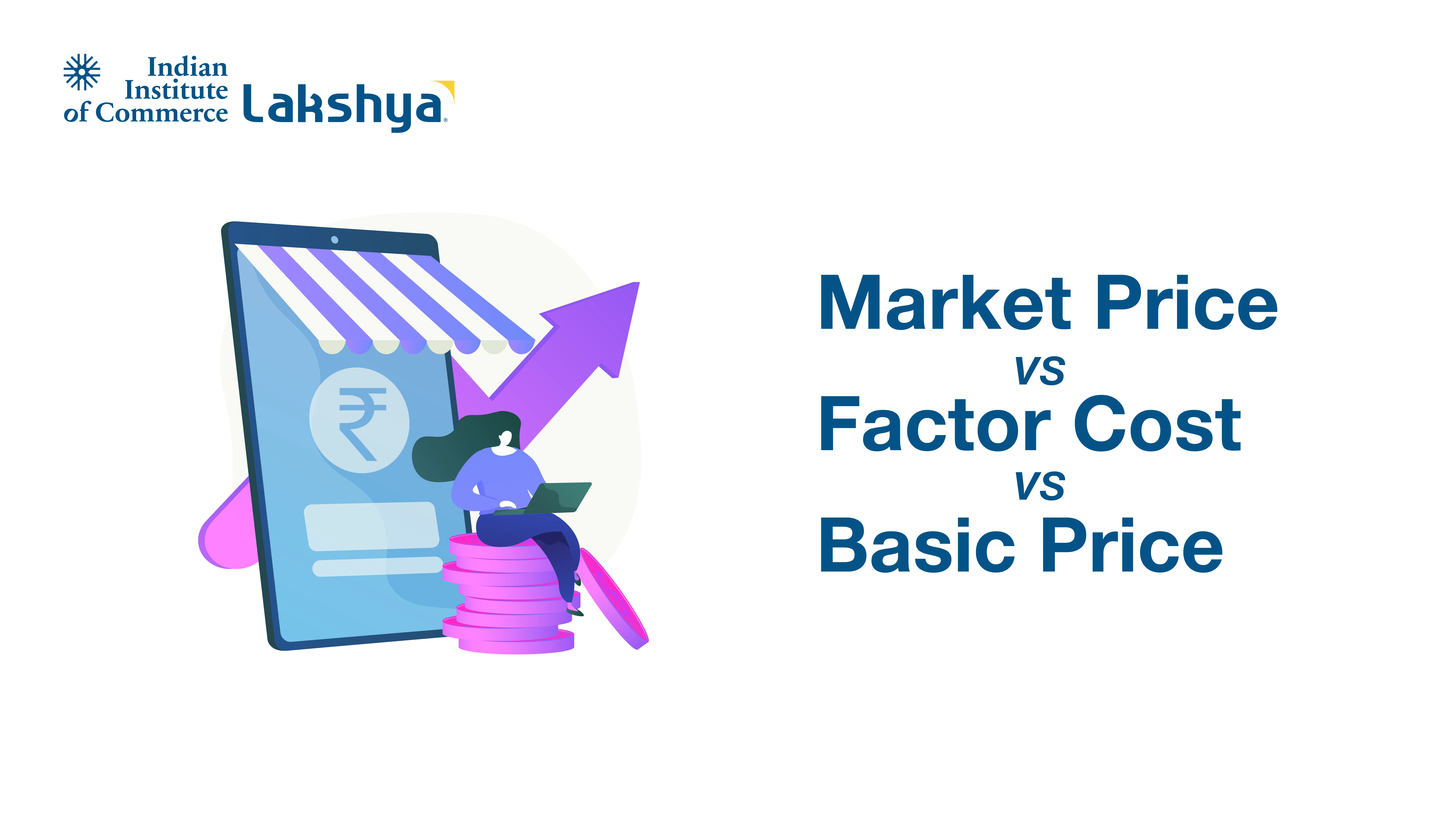













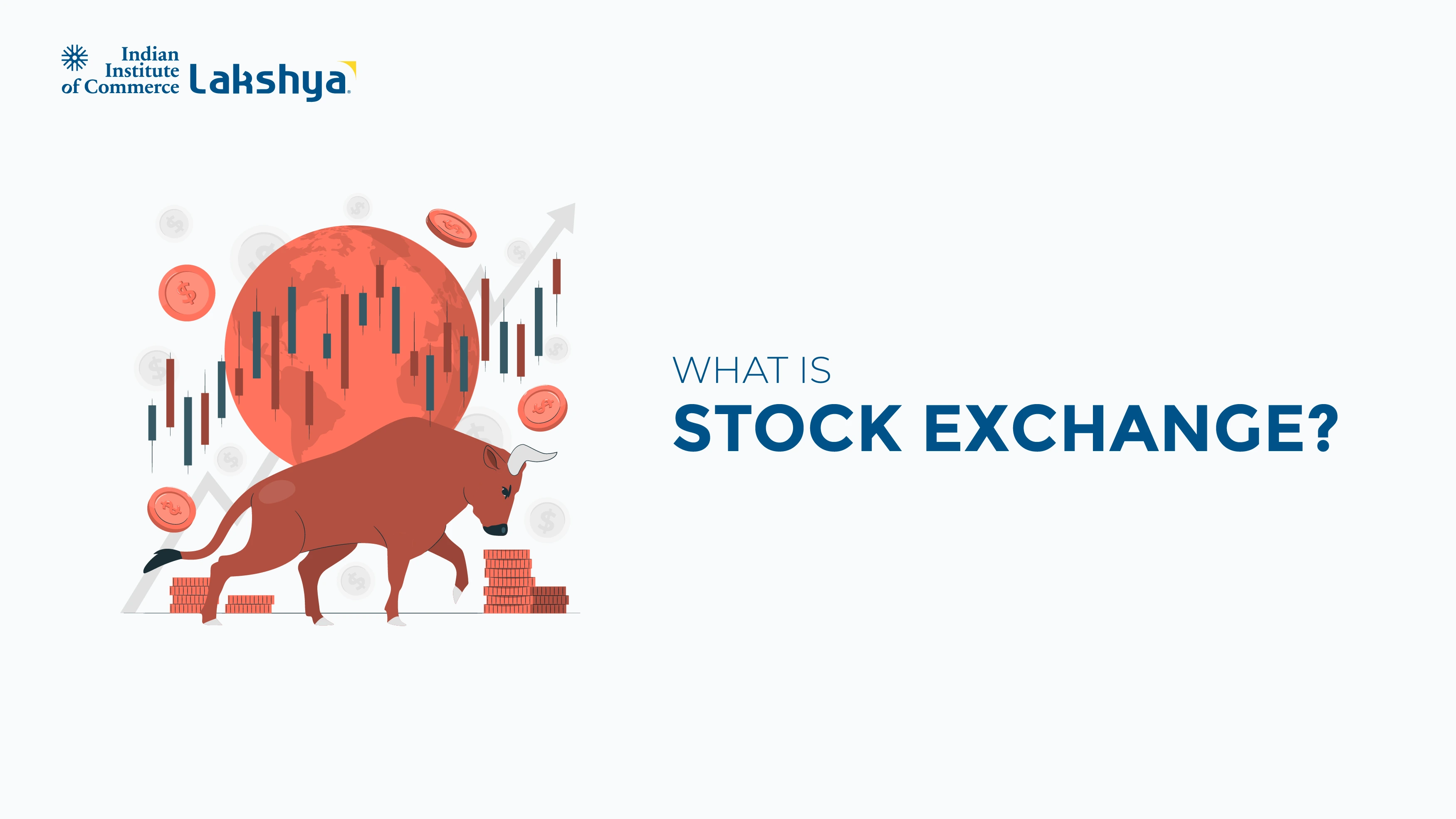
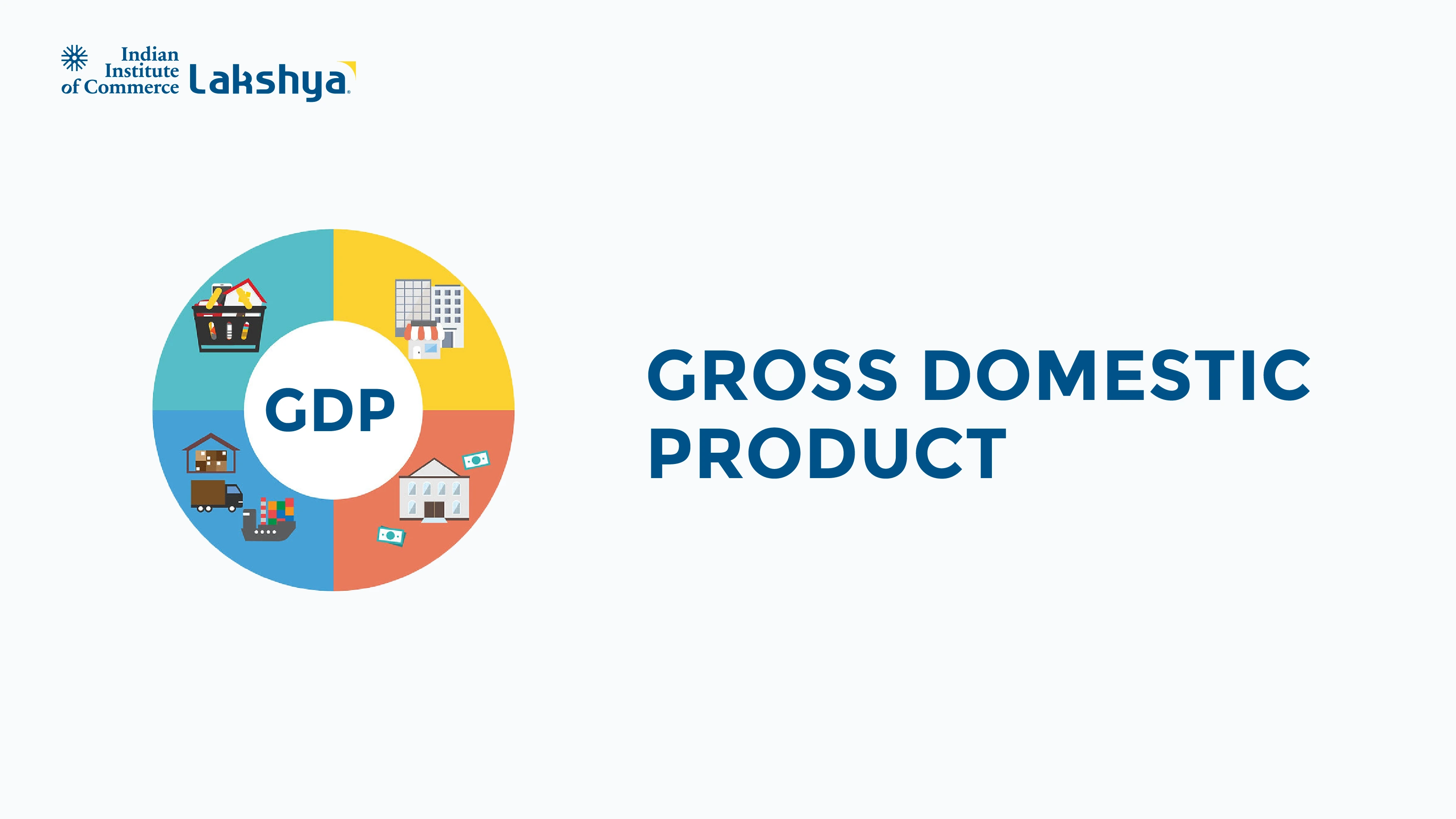
.webp)












































